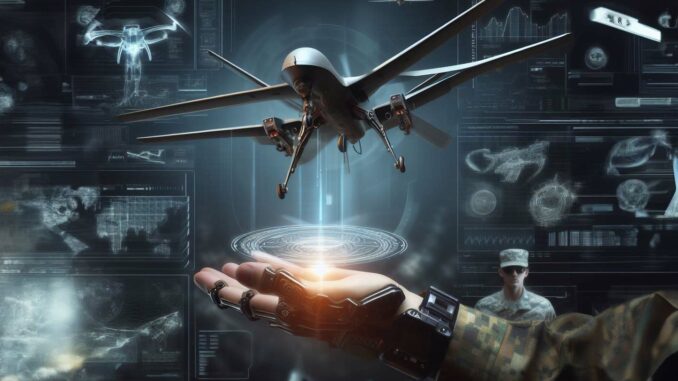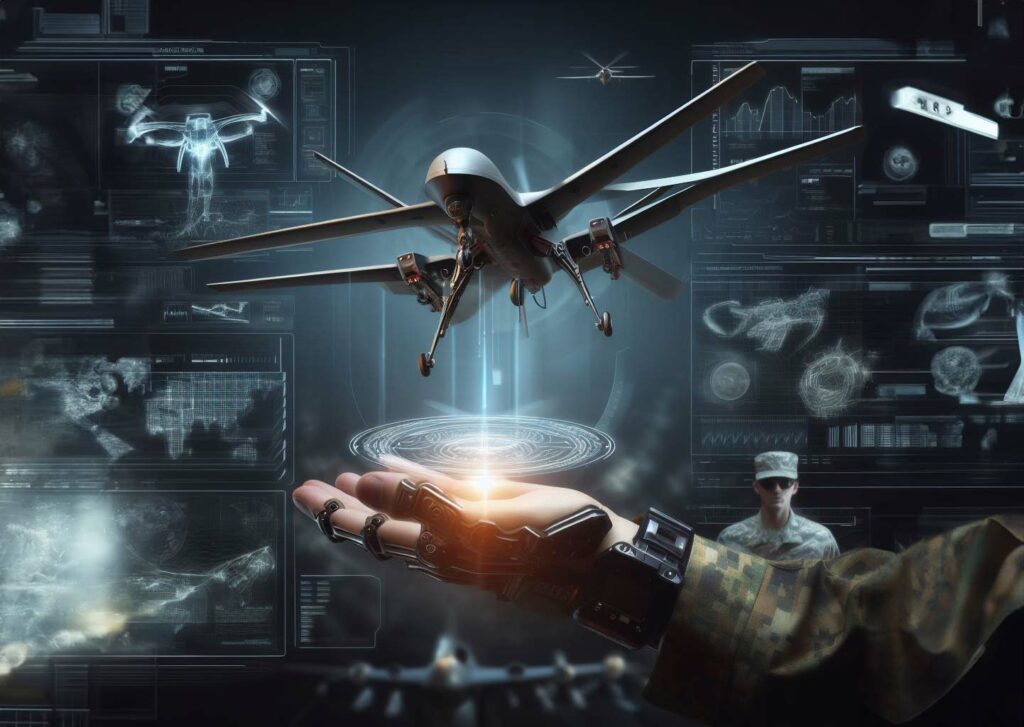
Chinese researchers have developed a revolutionary drone technology enabling autonomous communication and coordination via natural language. This breakthrough paves the way for greater efficiency in a variety of operations, while simplifying mission management thanks to an intuitive control interface.
China’s Northwestern Polytechnic University has achieved a significant milestone in drone technology. According to Chinese media reports, this research team has developed a class of drones capable of communicating and coordinating tasks autonomously, using natural language. This revolutionary capability is based on a large-scale open-source language model, InternLM, enabling unmanned aerial vehicles (UAVs) to process and generate human-like dialogue to interact with each other.
Human dialogue and autonomy:
The crux of this technology is its ability to facilitate ‘human’ dialogues between UAVs. This interaction enables them to ‘discuss’ operational strategies and allocate tasks without direct human intervention, reflecting a form of collaboration typical of human teams.
Practical applications and mission management:
During a demonstration mission, the drones were able to independently allocate search areas within the group, determine which drone was best suited for specific tasks, and adjust their strategy according to information received in real time. Such autonomy in decision-making and strategic adaptability could revolutionize agricultural surveillance, search and rescue, and security monitoring operations.
Impact on operational efficiency:
The application of natural language processing to UAVs could significantly improve operational efficiency. The ability of UAVs to make autonomous decisions based on internal dialogue reduces the need for constant human control, enabling faster and more flexible mission execution.

Intuitive control interface:
In addition to improving drone autonomy, this technology offers a more intuitive command and control interface. Operators can interact with drones using everyday language, potentially simplifying mission management. This could not only reduce the learning curve for new users, but also increase the efficiency of experienced operators.
Safety and risk management implications:
While the benefits are significant, this technology raises important safety and risk management issues. The ability of drones to operate autonomously requires robust safety protocols to prevent operating errors and potential abuse. In addition, reliance on sophisticated language models could raise cybersecurity concerns, particularly with regard to protection against intrusions and system hijacking.
Future developments and implications:
The ongoing evolution of this technology promises even more significant advances in the field of UAVs. The potential integration of advanced artificial intelligence and visual recognition could enable even greater autonomy and operational precision. However, these developments will require particular attention to ethical and legal aspects, especially with regard to liability in the event of an incident.
The drone technology developed by Chinese researchers marks a turning point in the field of unmanned aviation. By enabling drones to communicate and coordinate tasks via natural dialogue, this innovation opens up new prospects for the efficiency and flexibility of UAV operations. However, with this technological advance come challenges in terms of safety, risk management, and ethics. Careful navigation of these uncharted waters will be essential to maximize benefits while minimizing potential risks.
War Wings Daily is an independant magazine.